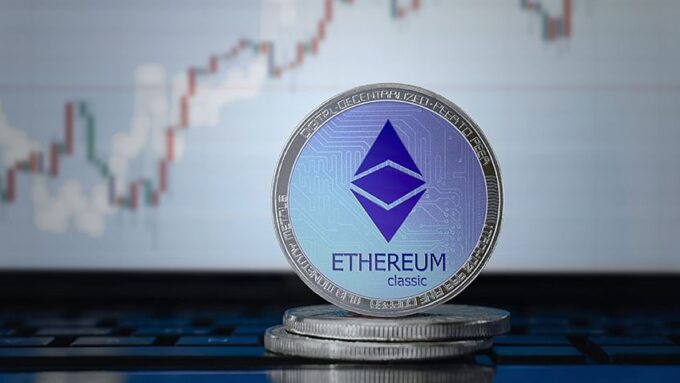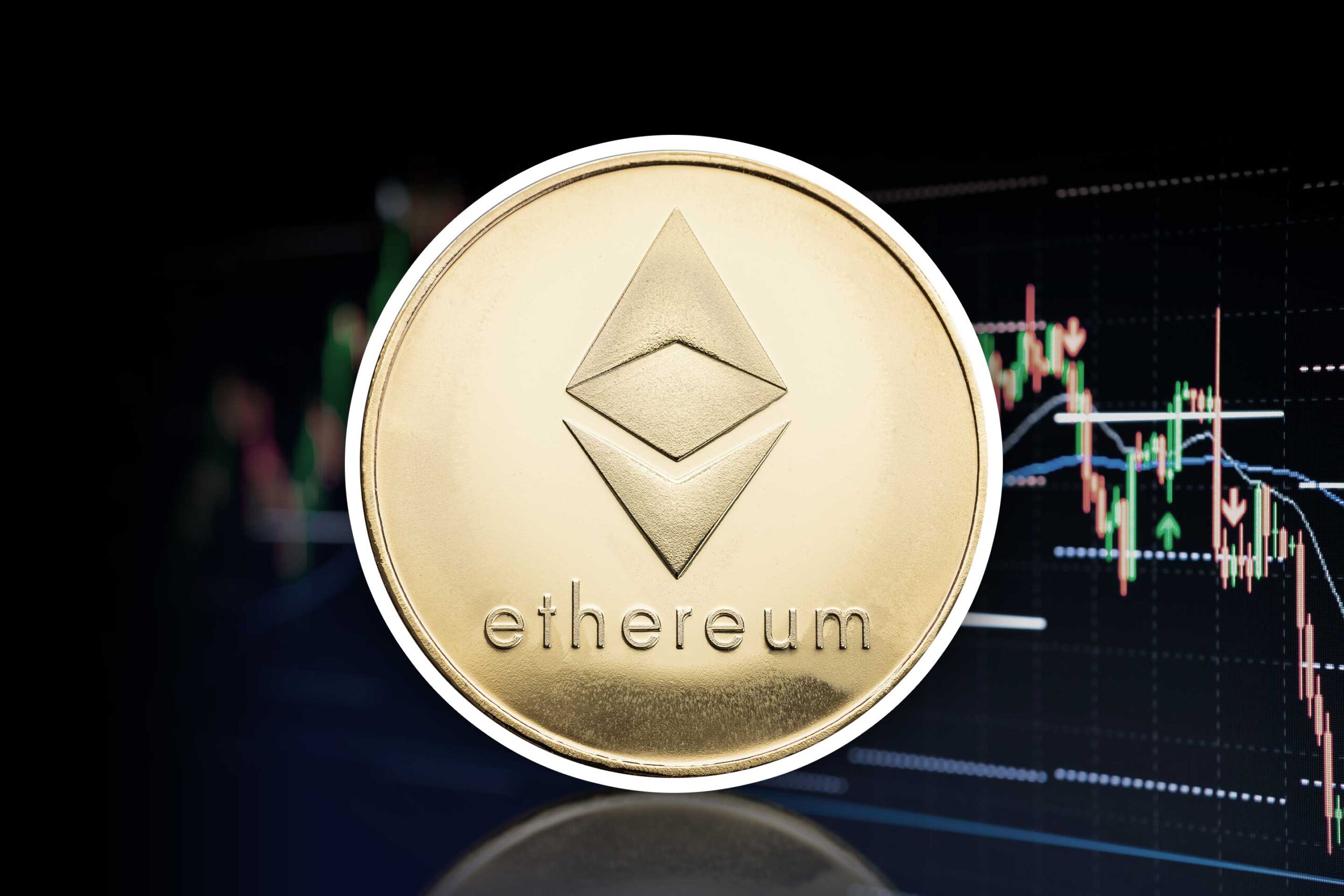Cryptocurrencies have gained a prominent place in the global financial ecosystem, with Ethereum (ETH) being one of the most significant digital assets in this new era of digital finance.
Founded by Vitalik Buterin and launched in 2015, Ethereum revolutionized the crypto market by introducing the concept of “smart contracts” and enabling the creation of decentralized applications (DApps) on its platform. This post aims to dive deep into the heart of Ethereum and explore the reasons why trading this cryptocurrency offers promising opportunities.
Understanding Ethereum

Ethereum operates on advanced blockchain technology, a decentralized ledger that allows for the creation and execution of smart contracts. These are self-executing contracts with the terms directly written into the code, eliminating the need for intermediaries and ensuring transactions are completed as agreed. Unlike Bitcoin, which was designed primarily as a digital currency, Ethereum was built to facilitate peer-to-peer contracts and applications via its currency, ETH.
Ethereum has seen significant milestones since its launch. In 2016, it underwent its first hard fork to remedy the damage from the DAO hack. More recently, it introduced Ethereum 2.0, an upgrade to improve scalability and security. These developments illustrate Ethereum’s progressive nature, with its team continuously seeking to innovate and evolve the platform.
Growing Popularity of Ethereum
Decentralized Finance (DeFi) and Non-Fungible Tokens (NFTs) have largely contributed to Ethereum’s popularity. DeFi apps built on this crypto allow users to borrow, lend, and earn interest on their digital assets without intermediaries, which has seen an explosion of interest. Meanwhile, NFTs—unique digital assets stored on the blockchain—have found their primary market on the Ethereum network, fueling the demand for ETH.
Further, there’s a rising wave of institutional interest in Ethereum. Companies like Visa are leveraging Ethereum to settle transactions, while others hold ETH as part of their asset portfolio. Such institutional backing adds credibility and stability to ETH, attracting more traders to the cryptocurrency.
Ethereum’s Development and Upcoming Upgrades

Significant upgrades like Ethereum 2.0 aim to enhance the platform’s scalability, security, and sustainability—factors that could potentially increase the demand for ETH. The recently implemented London Hard Fork and its EIP-1559 proposal introduced a mechanism to burn a portion of transaction fees, decreasing the supply of ETH and possibly leading to price appreciation.
Such strategic developments exhibit the Ethereum team’s commitment to improvement and user satisfaction, which are promising signs for investors and traders.if you want to be in touch with all the future development and incoming upgrades you should surround yourself with professionals such as https://bitsoftware360.com/.
Strong Community and Developer Support
Ethereum has a large and active community of developers and users contributing to its growth. These members actively improve the platform’s features, fix bugs, and create DApps, fostering a rich ecosystem around it. A robust community signifies a strong network that can support Ethereum’s growth, instilling confidence in investors about its long-term potential.
Use Cases and Adoption of Ethereum

Ethereum’s use cases extend far beyond just financial transactions. From powering DApps and DeFi platforms to facilitating NFT trading and enabling decentralized gaming experiences, Ethereum’s versatility is unrivaled. Various industries like finance, supply chain, and gaming are harnessing Ethereum’s blockchain for their operations, expanding its use cases and increasing the demand for ETH.
Market Liquidity and Trading Volume
Among Ethereum’s many strengths, its high market liquidity and substantial trading volume standout, which contribute to making it an attractive asset for traders. High liquidity means traders can execute sizable buy and sell orders for ETH without significantly affecting its price, allowing for a seamless process to enter and exit trading positions. The liquidity of this crypto, being second only to Bitcoin, also ensures minimal slippage, offering precise execution of trades at the desired prices.
The trading volume, on the other hand, is a reflection of the market activity and interest in Ethereum. The high trading volume of ETH points to a thriving market, providing traders more opportunities to capitalize on price fluctuations and earn profits. The symbiotic relationship between Ethereum’s liquidity and trading volume, thus, paves the way for a vibrant trading environment.
Historical Performance and Price Analysis

When it comes to price performance, it has carved a niche for itself. Despite the inherent market volatility associated with cryptocurrencies, ETH has displayed an upward trajectory, exhibiting significant growth over the years. The year 2021 was a watershed moment when it reached an all-time high, marking a monumental milestone in its journey. The robust performance of this crypto over time underscores its potential, encouraging traders and investors to consider it a valuable part of their portfolio.
Of course, while past performance does not guarantee future results, it provides a valuable foundation for price analysis and projection. In the world of trading where historical trends often serve as a harbinger of future price movements, Ethereum’s performance history enhances its appeal to traders.
Risk Factors and Mitigation Strategies
As with any trading endeavor, dealing with Ethereum comes with its unique set of risks. These include price volatility – a common trait of all cryptocurrencies, potential security breaches, and sudden regulatory changes that can dramatically affect the market dynamics. However, these risks can be mitigated with a few astute strategies. Diversification, for instance, can protect traders by spreading the risk across multiple investments.
Setting stop-loss orders is another useful tool to limit potential losses. Regular portfolio rebalancing can also ensure optimal risk-reward distribution. Moreover, conducting thorough due diligence and staying updated with market trends can arm traders with the necessary knowledge to make informed decisions and navigate the choppy waters of crypto trading more confidently.
Regulation and Legal Considerations

The regulatory landscape surrounding cryptocurrencies, including Ethereum, is complex and constantly evolving. Different jurisdictions around the globe have varying stances towards cryptocurrencies, ranging from outright bans to open embrace. These changes can have profound impacts on the market and, consequently, on the trading opportunities.
Some regulatory measures may hamper the growth of this crypto, while others may stimulate its expansion. Hence, for anyone involved in trading or investing in Ethereum, staying abreast of the regulatory environment is not just beneficial—it’s crucial. A comprehensive understanding of the regulatory landscape helps in anticipating potential market shifts and formulating effective trading strategies.
Ethereum vs. Other Cryptocurrencies

In the vast arena of cryptocurrencies, Ethereum has emerged as a distinguished player. When compared to other major cryptocurrencies like Bitcoin, Ripple, and Cardano, Ethereum has its unique advantages, primarily its smart contract functionality and extensive use cases across various sectors. Bitcoin, although the largest cryptocurrency by market cap, primarily serves as a digital store of value and a transactional currency.
In contrast, Ethereum, with its smart contracts, opens up a world of decentralized applications, making it a potent tool in revolutionizing various industries such as finance, gaming, and supply chain. This potential positions Ethereum as an extremely compelling choice for traders, offering more than just a cryptocurrency, but a platform for limitless possibilities.










